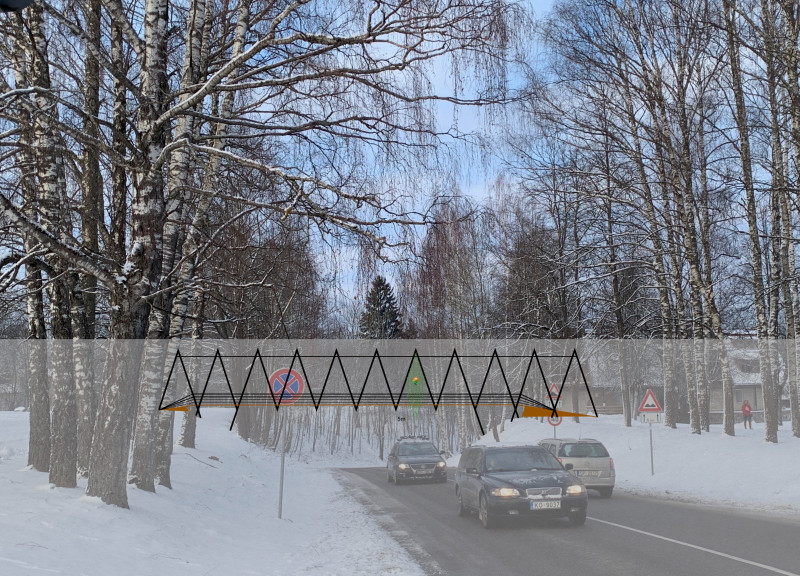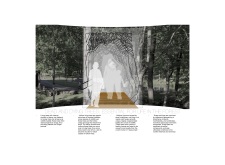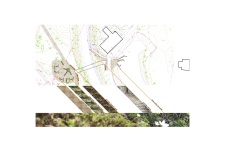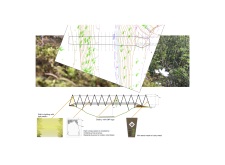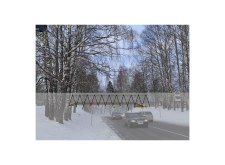5 key facts about this project
The design emphasizes the connection between natural landscapes and human habitats within a forest setting. It highlights the importance of dead and dying trees as vital components of local ecosystems. The concept encourages an appreciation for biodiversity and emphasizes sustainability through the integration of these natural features within the built environment.
Role of Living Trees
Living trees that show signs of decay, such as top dieback and broken tops, are central to the design. These trees can provide important habitats for various wildlife species. Their longevity compared to snags means they can support wildlife for extended periods. The decision to retain these trees on site reflects an understanding of their ecological value and illustrates a commitment to preserving healthy forest ecosystems.
Hollow Trees and Wildlife
Hollow living trees serve as crucial shelters for many species. The hollows that develop within living trees enhance their role as habitats, supporting a range of organisms. Recognizing these trees as essential parts of the forest ecosystem strengthens the design's focus on biodiversity. Each hollow tree promotes various forms of life, contributing to the richness and diversity of the area.
Integration of Snags and Logs
Snags and logs play important roles in the environment, acting as both structural elements and hosts for diverse organisms. These decaying materials support a rich array of wildlife, promoting nutrient cycling within the ecosystem. The design incorporates these elements to enhance the landscape's complexity and biodiversity, showing how even decaying matter is vital to a thriving ecosystem.
Ecological Sensitivity in Design
While specific materials are not detailed, the design suggests a commitment to ecological sensitivity. The overall aesthetic reflects natural forms that resonate with the landscape’s contours. This integration of environmental features illustrates a dedication to preserving the natural world while also creating usable spaces for people.
A notable aspect of the design is its attention to how structural form and ecological function can coexist, demonstrating that built environments can support and enhance local biodiversity.


